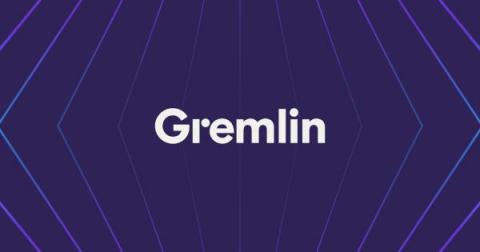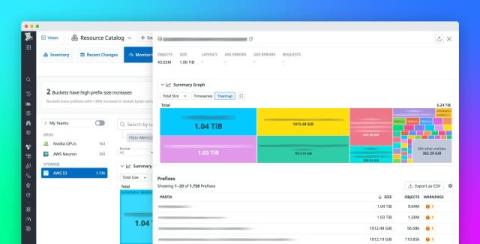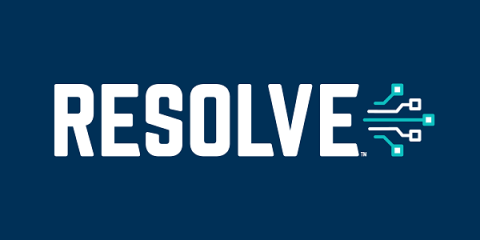Release Roundup November 2024: Reliability in the serverless and AI era
2024 is coming to a close, and while many teams are slowing down in preparation for the holidays, we’ve been cooking up tons of new features. We’ve extended our platform support to the Istio service mesh, added a brand new experiment type for testing artificial intelligence (AI) and large language model (LLM) workloads, and made it easier to onboard Kubernetes clusters. We’ve also made our Linux and Windows agents more robust and performant.











